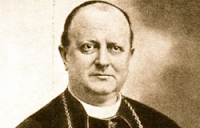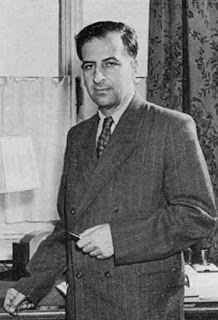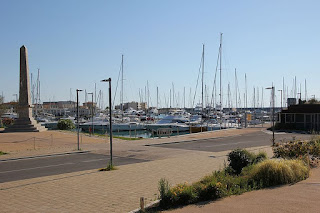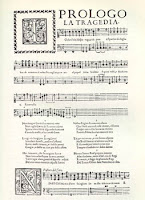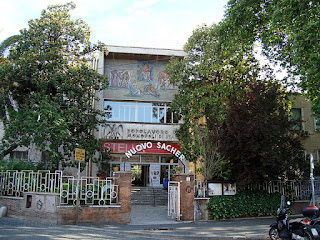Pino Presti – bass player and composer
Talented musician could sing, play guitar, compose and conduct
Pino Presti, one of the most important personalities in the Italian music business, was born Giuseppe Prestipino Giarritta on this day in 1943 in Milan. He is a bass guitar player, arranger, composer, conductor and record producer and his work ranges between the different music genres of pop, jazz, funk, latin and dance. His father, Arturo Prestipino Giarritta, was a well-known violinist and Presti began studying piano and music theory at the age of six. He taught himself to play the bass guitar and began playing professionally at the age of 17, having developed his own special technique using either the pick or thumb. Presti was a pioneer of electric bass and was probably the first to play a Fender Jazz Bass in Italy. His talent for playing the instrument led him to collaborate with the major Italian pop artists of the 1960s, including the famous singer, Mina, who is Italy's all-time top-selling female recording artist. Presti arranged and conducted 86 tracks and composed four songs for her, also sometimes backing her as a singer. Among the many other artists he worked with were Bobby Solo, Gigliola Cinquetti and Adriano Celentano. Read more…
____________________________________________________________________
Rita Pavone - teenage singing star
Precocious talent who conquered America
Rita Pavone, who was one of Europe's biggest teenage singing stars in the 1960s and was still performing live concerts as recently as 2014, was born on this day in 1945 in Turin. The singer had her first hit single when she was just 17 years old and enjoyed success at home and in America during a career that spanned more than five decades, going on to become an accomplished actress on television and in the theatre. She announced she was quitting show business in 2006 but came out of retirement in 2013 to record two studio albums as a tribute to the stars who had influenced her throughout her career, then embarking on a series of live concerts in Italy in 2014 and performing in Toronto, Canada exactly 50 years after her first appearance there. In 2016, she appeared in Ballando Con le Stelle - the Italian equivalent of the US show Dancing With the Stars and Britain's Strictly Come Dancing - and finished third with partner Simone de Pasquale, reaching the final despite being the oldest competitor. Pavone spent her early years living in a two-room apartment in Turin. She was the third of four children yet it was not until 1959 that the family was able to move somewhere bigger, in the Mirafiori district, when a scheme run by the FIAT factory where her father worked enabled employees to obtain a family home at low rent. Read more…
__________________________________________________________________
Roberto Assagioli – psychiatrist
Harsh imprisonment sparked new psychiatric theories
Roberto Assagioli, the pioneering psychiatrist who founded the science of psychosynthesis, died on this day in 1974 in Capolona in the province of Arezzo in Tuscany. His innovative psychological movement, which emphasised the possibility of progressive integration, or synthesis, of the personality, and aimed at finding inner peace and harmony, is still admired and is being developed by therapists and psychologists today. Assagioli explained his ideas in four books - two published posthumously - and the many different pamphlets he wrote during his lifetime. In 1940 the psychiatrist had to spend 27 days in solitary confinement in prison, having been arrested by Mussolini’s Fascist government for praying for peace and encouraging others to join him. He later claimed this experience helped him make his psychological discovery. Assagioli was born under the name of Roberto Marco Grego in 1888 into a middle-class, Jewish background in Venice. His father died when he was two years old and his mother remarried quickly to Alessandro Emanuele Assagioli. Read more…
Home






